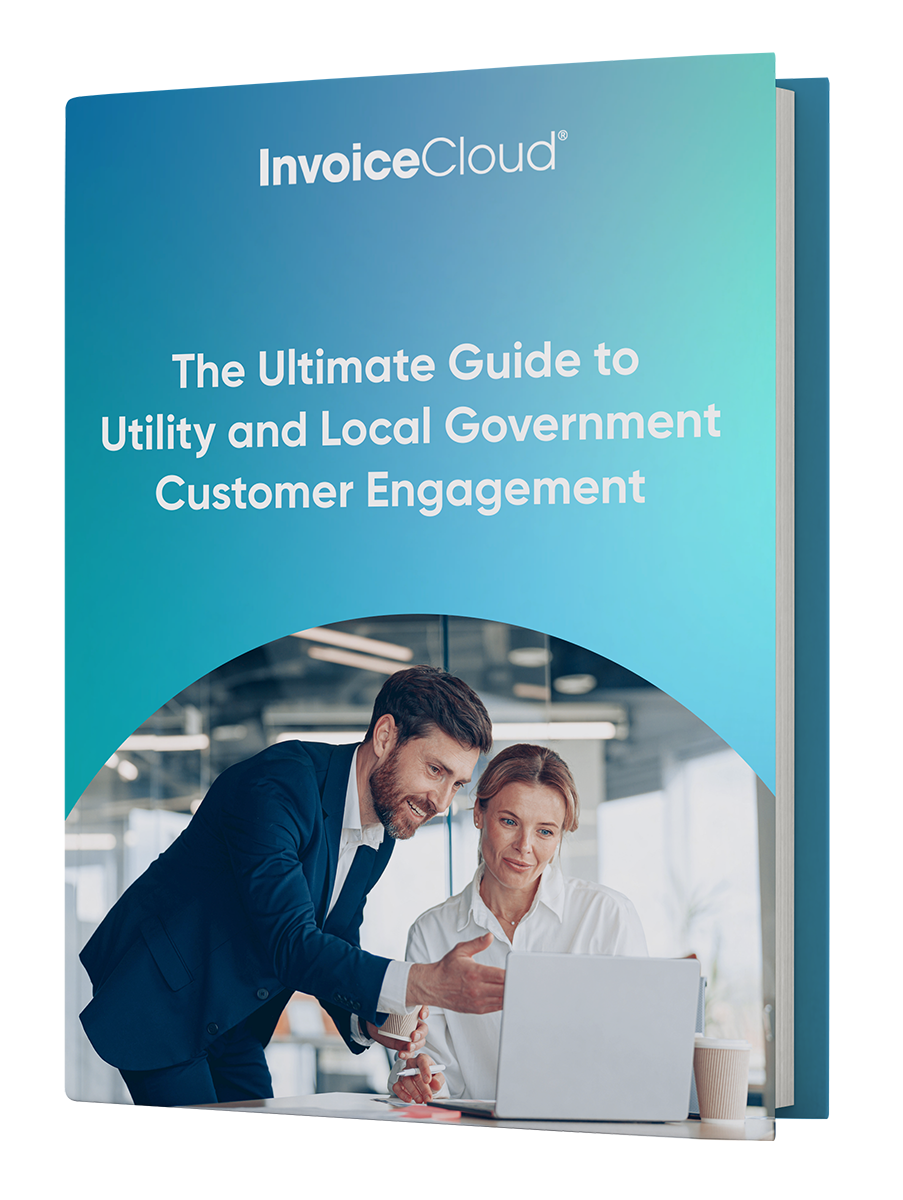Customer engagement rates can determine a lot for utility service providers. Most notably, engagement with monthly bill payments can impact revenue collection and other internal processes, as this touchpoint is the most common way customers interact with their provider. When engagement is high, customers are more likely to make timely payments and even opt for self-service routes, which can save staff time and resources. However, low engagement can lead to spikes in late or delinquent payments, interrupting critical services for customers and creating work for utility offices.
Now, for the big question: When did your organization last evaluate your critical customer engagement touchpoints? Customer preferences and expectations are continually evolving, so when it comes to optimizing your customer engagement, it’s essential to keep on top of relevant trends that can help your organization better address what customers need now, as well as what they will likely need in the future.
6 Utility Customer Engagement Trends
1. The Digital Takeover
The shift to digital is evident everywhere, from the growth of e-commerce models to online ordering from restaurants and grocery stores. No organization or industry is immune to the impact that digital channels are having on consumer preferences, including the billing and payments space. Research shows that 89% of Americans are now using digital payments.
Historically, these digital options have been provided by companies like payment processors, banks, print mail providers, and call centers, whose focus is not customer experience. This has led to disjointed digital experiences becoming more of the norm in the industry than the exception. However, thanks to consumer brands like Amazon, Capital One, and AT&T, bill payer expectations are at an all-time high for digital experiences. Customers expect a frictionless, intuitive payment experience whether it’s online, on a mobile device, or beyond. They also expect the option to enroll in digital services, like paperless billing and automatic payments (AutoPay), without a hassle.
2. Focus on Mobile First
Optimizing channels for mobile is no longer optional. More than half of consumers make mobile payment transactions from their smartphones every year and mobile has even overtaken online portals as the preferred digital channel for bill payment, namely among utility bill payers. Your organization should design every engagement point with a mobile-first mindset.
What does this look like? It’s about removing obstacles like login screens, assessing layouts, and making sure the experience is as frictionless and streamlined as possible.
3. Cost-Savings from the Cloud
Many utilities and local governments facing extensive costs and labor to maintain hosted or on-premise software are migrating to true Software-as-a-Service (SaaS) solutions. These cloud software platforms update automatically and are highly configurable to meet the unique needs of your organization—without costly upgrades or time-consuming updates. As the solutions are enhanced by the providers, all organizations instantly and automatically gain benefits—saving time and money and keeping businesses ahead of evolving customer preferences.
4. Real-Time Capabilities and Automation
Utilities and local governments spend tremendous amounts of time reconciling accounts and collecting payments. To free up staff time to focus on high-value projects, organizations need to implement solutions that enable real-time integrations and easier reconciliations. Beyond that, automating the revenue collection process provides significant benefits. It enables utilities and local governments to streamline the billing process and improve utility customer satisfaction, while ensuring more accurate forecasts and insight into revenue.
5. Customer Self-Service
As a result of the growth in digital channels, customers expect to be able to self-serve across every industry. Remember, your organization’s self-service capabilities are being measured against technology companies and retailers, rather than fellow utilities and local governments.
Recent research indicates that self-service is an underused route for utilities and local governments. Over half (53%) of local government teams either “do not know” how many residents use self-service payment routes (AutoPay, paperless, pay by text, digital payments, etc.) or do not offer self-service routes at all. This is a major gap for these organizations, considering the most impactful way to drive results is to get more customers to self-serve. Increased self-service means fewer customer service calls, as well as a reduction in walk-in and lobby traffic. It also means decreased workloads, late payments, account terminations, and fewer headaches for your staff.
Here are a few steps utilities can take to improve self-service and begin reaping these benefits:
- Update invoices to include the website and phone number customers can use to self-serve. Make sure these details are prominently displayed near the amount and due date.
- Ensure your website has clear information about any fees, FAQs about your payment platform, and links to get there quickly.
- Mount posters and counter cards in your office with QR codes that direct payers to online payment channels, to avoid standing in line.
- Update your IVR message and process so people can pay online day or night without a customer service representative standing by.
6. Utilizing Social Media
Your organization’s social channels are a great tool for broadcasting self-service opportunities. Routinely update your social media feed with payer education and reasons to pay online, from preventing check theft and fraud, providing tips and tricks to make the digital payments easier, and providing links to your payment portal so customers can find it easily.
Your Guide to Utility Customer Engagement
Looking for more tips on how to maximize your organization’s most important customer touchpoints? Get your free copy of The Ultimate Guide to Utility and Local Government Customer Engagement here.

